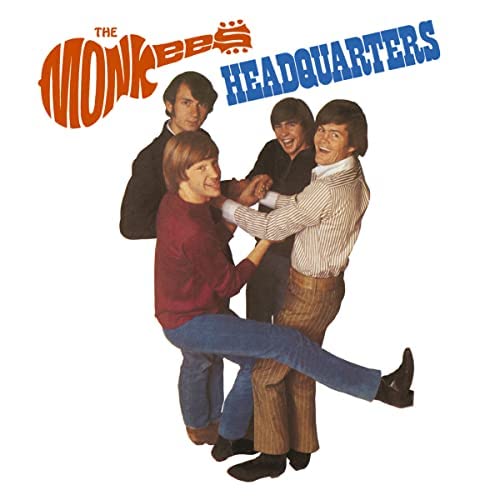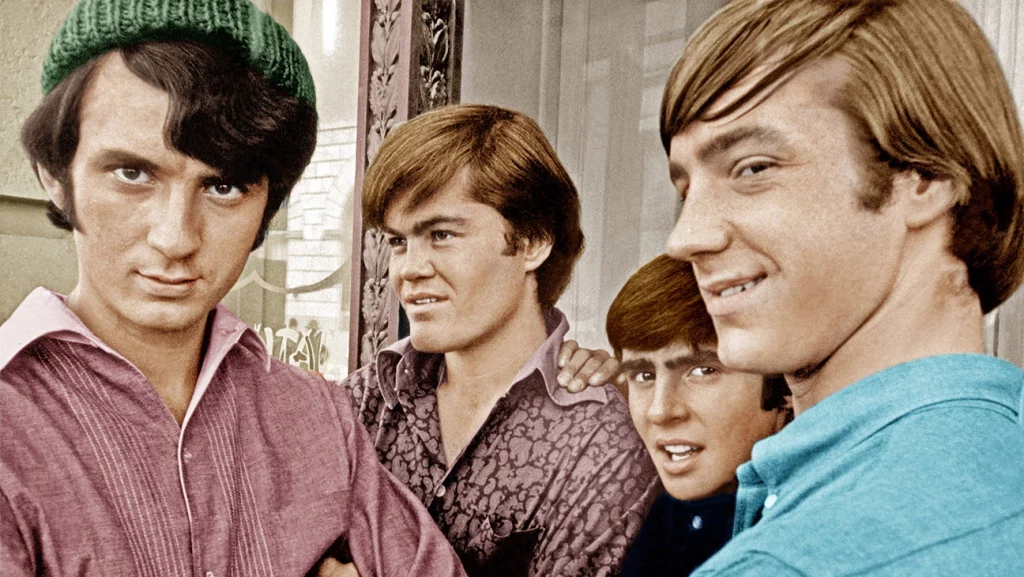
It's a delicate exercise to consider a critique of the Monkees, so much so that the American band seems to be part of a paradoxical duality. On the one hand, we have a band formatted for television, conceived in 1966 as the American answer to Beatlemania. On the other hand, we have a band that, despite being a boy band before its time, produced music that marked its time and influenced pop music.

Michael Nesmith, Davy Jones, Micky Dolenz and Peter Tork, four young men chosen by casting for their looks and voices, are the protagonists of this television musical that will mark the 1960s. Prefabricated, yes, but the Monkees are not mere puppets. In time, they were able to free themselves from the constraints imposed by their production, becoming true musicians and taking creative control of their work.
Despite the controversy surrounding their legitimacy, the Monkees' music was far from mediocre. Hits like “I'm a Believer” and “Last Train to Clarksville” remain timeless pop classics. And how can we not mention the audacity of the “Head” project, a psychedelic film and experimental album that baffled the public at the time of its release but gained cult status over time?
If the Monkees have often been decried as a soulless commercial product, they have also proven that they are capable of taking artistic risks, defying expectations and creating quality pop music. In doing so, they unwittingly laid the groundwork for the boy band phenomenon of the following decades, while emphasising the need for creativity and artistic autonomy.
Today, more than 50 years after their formation, the Monkees have earned a certain respect, not only as a cultural curiosity of the 1960s, but also as musicians who helped shape the history of pop music. They remind us that pop music, even in its most commercial expression, can be bold, creative and, above all, memorable.
The album: Headquarters
“Headquarters”, released in 1967, marked a defining moment in the Monkees' career. Far from the television studios and songs written by others, this third opus saw the group finally take control of their own music. A risky gamble, but one that paid off, as the album climbed to number one on the Billboard 200 shortly after its release.
“Headquarters” kicks off with the roaring “You Told Me”, a bold country-rock tune with an irresistible rhythmic signature. It is immediately apparent that the Monkees are more comfortable and authentic than ever. Far from the formatted product of the first two albums, they reveal themselves here as competent musicians and talented writers.
Highlights include “Shades of Gray” and “Randy Scouse Git”, which reflect the album's musical diversity. The former is a melancholic ballad, while the latter is a more rocking track with a psychedelic touch. This is an artistic risk-taking that shows the Monkees' willingness to move away from the boy band image that has been imposed on them.
“Headquarters” is also notable for the presence of the band in the credits of almost every song. Davy Jones, Micky Dolenz, Peter Tork and Michael Nesmith play their own instruments and co-wrote much of the album, affirming their legitimacy as a true rock band.
What is most striking about Headquarters is its spontaneity, its freshness. It is the album of a band that has just taken off, of four musicians who finally have the chance to be heard. With this album, the Monkees have managed to silence the critics and prove that they are much more than puppets of the music industry.
The song: Forget that girl
Within the Monkees' abundant discography, it is easy to forget some tracks. However, for those who venture out, there are some gems worth checking out. “Forget That Girl”, from their third album “Headquarters”, is one of those songs that deserves special attention.
The song, written by Douglas Farthing Hatlelid (also known as Chip Douglas), producer of the album, is a superb blend of melancholic vocal harmonies and subtle arrangement. Davy Jones' voice carries the track with a softness and vulnerability that captivates the listener. The emotion in his performance gives the song an authentic, almost palpable dimension.
“Forget That Girl” is an elegant, bittersweet piece of pop. The restrained musical arrangements perfectly serve the theme of the song: the impossibility of forgetting a lost love. The chorus is a call to the heart, where the pain of unrequited love can be heard in every note.
But beyond the melody and the lyrics, it is also in the context of its creation that the song takes on a particular resonance. “Forget That Girl” comes from “Headquarters”, the album where the Monkees took control of their music. It therefore symbolises this newly acquired freedom, this desire for authenticity that animated the band during this period.
“Forget That Girl” is a perfect example of the Monkees' ability to create heartfelt and moving pop. It shows that, far from the clichés of a manufactured boy band, the Monkees had talent, depth, and a real passion for music. A song to rediscover, for all lovers of 60's pop.
Where to listen to Headquarters?
- Listen to Headquarters on Spotify
- Listen to Headquarters on Deezer
- Listen to Headquarters on Youtube